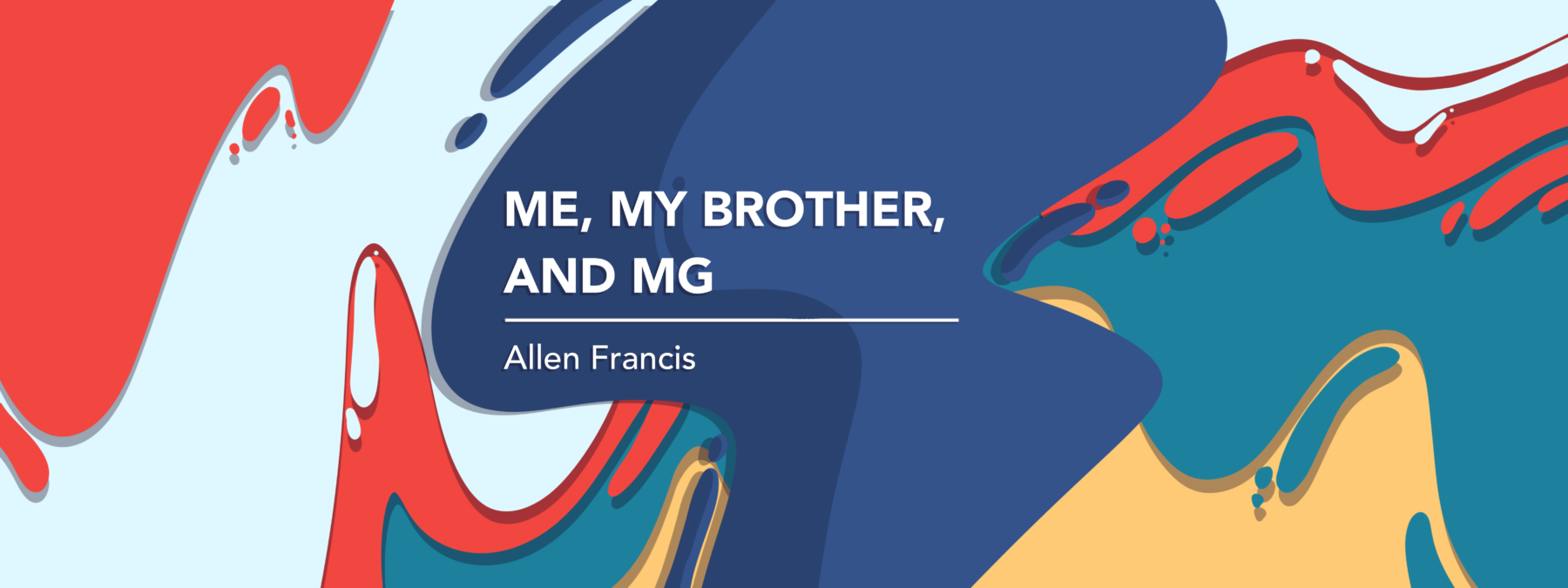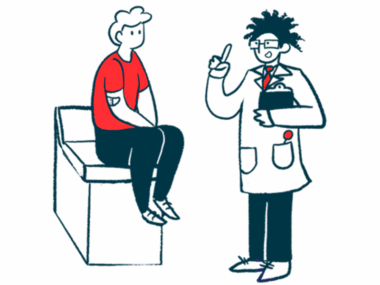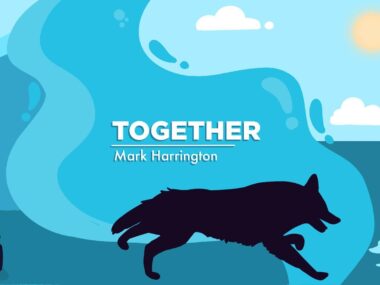How my brother’s MG journey led me to raise rare disease awareness
People with disabilities deserve more acknowledgment and support
Written by |

Hello! My name is Allen Francis. I’m a New York City native, former academic adviser, and currently a full-time freelance writer. Besides a need to lose a few pounds, a short battle with skin cancer, and some mild hypertension, I’m a moderately healthy person.
I’m now a columnist for Myasthenia Gravis News to help amplify awareness about that medical condition. However, the main reason that I’m writing this column is to chronicle the devastating emotional effect of watching my twin brother, Aaron, live with myasthenia gravis (MG).
Perhaps it’s easy for me, as a nondisabled person, to try to elicit sympathy from readers about watching a loved one endure this condition. That’s not my intent. While it’s been devastating to watch Aaron deal with MG over the past 25 years, I’m not looking for pity. I’m writing this column to generate more awareness about this extremely rare disease.
The toll of MG
Approximately 20 in every 100,000 Americans are afflicted with MG. Almost 10% of the population is diagnosed with a rare disease — many of which are incurable, rarely seen, and even less understood. Imagine going to a doctor to complain about a medical issue, getting diagnosed with a rare disease, and then having the doctor pull out a medical text to explain it.
That’s what happened to Aaron back in 1999, when he was diagnosed with MG. I was shocked when he told me about it, and I’m still shocked by the experience. I imagined how alone, helpless, and angry he must’ve felt when he learned of his disease.
Aaron was an athletic, active person in his early 20s. He loved working out to exercise videos in the living room. (I’d snarkily mock him while he worked out, but in hindsight, I should’ve joined him.)
In 2000, after surgery to remove a benign tumor in his chest, his condition worsened. Aaron’s muscles in his arms and hands became weaker. His eyes would become either frozen in position or crossed for days or weeks at a time. His doctors warned him that one day he could potentially struggle to swallow or breathe properly.
Aaron is moderately healthy, sees his doctor regularly, and takes medications, but this condition robbed him of full mobility.
I’ve never called my twin brother “disabled,” but he’s living with a disability. It’s been excruciating to witness.
Becoming an advocate
Before 1999, I didn’t know anything about rare diseases. Perhaps I wouldn’t have given them much thought if I’d learned about them earlier. Nondisabled people usually only become concerned advocates for rare diseases when a loved one becomes afflicted.
That must change.
We know about so many other conditions because they’re studied more, affect more people, and are discussed in mainstream media. Most people don’t know that rare diseases exist; being consciously ignorant of this truth shortchanges the realities and struggles of those, like my twin, who are living with these diseases.
That must change.
In this column, I’ll share what I’ve learned about myasthenia gravis, how my twin lives with the condition, and what nondisabled people can do to spread awareness about it. Rare diseases are real, they affect a lot of people, and not acknowledging them or advocating for more research and advanced treatments is, in a way, ignoring all of those living with such conditions.
In 2010, I was diagnosed with a very rare form of cancer called dermatofibrosarcoma protuberans (DP). Fewer than 5 in 1 million people deal with it each year. The doctor who diagnosed me was shocked I had it — even he remarked about the rarity of the condition.
It was a terrifying situation for me. However, I had the growth excised from my right shoulder and was told there was less than a 5% chance of recurrence. Even though it’s rare, DP is extensively researched because it’s a form of cancer.
Besides having a big scar on my shoulder, the condition hasn’t altered my quality of life.
People living with life-altering rare diseases deserve more acknowledgment, access to more medical treatments, and respect as human beings.
Nondisabled people, like myself, usually only learn to appreciate this fact when a rare disease strikes close to home.
Note: Myasthenia Gravis News is strictly a news and information website about the disease. It does not provide medical advice, diagnosis, or treatment. This content is not intended to be a substitute for professional medical advice, diagnosis, or treatment. Always seek the advice of your physician or other qualified health provider with any questions you may have regarding a medical condition. Never disregard professional medical advice or delay in seeking it because of something you have read on this website. The opinions expressed in this column are not those of Myasthenia Gravis News or its parent company, Bionews, and are intended to spark discussion about issues pertaining to myasthenia gravis.







Fran Arnesen
I live with 2 rare diseases. One is Symptomatic Tarlov Cysts and the other is Hereditary Homochromotosis. The STC took 15 years of my life and made me almost totally bedridden. These are Cysts that grow on the spinal cord nerve sheath. Mine were in my sacrum or tailbone. It took 3 years to get a diagnosis. Once I got the diagnosis there was nothing they could do about it until I was totally bedridden and then surgery was so risky that I may be paralyzed. So my late husband and I started doing our research and found 2 doctors in the world who had options. One in France but she retired before I was approved for surgery. Then I found Dr. Frank Fiegenbaum in Dallas Texas. He had a revolutionary surgery that was very successful. He helped so many people who had nowhere to turn. It was the head of neurology who told me they were taught in medical school not to touch them with a 10 foot pole. That's the short version. I was diagnosed last year with Hereditary Hemochromotosis. It's a genetic where if you get a gene from one parent you can pass it on to your children. Even more rare is to receive the genes from each parent. The upside to that is my children won't get it. Yep. I'm the "special" one who got it from each parent. It's a build up of iron in the blood and attacks your heart, liver, kidneys and other major organs. I have phlebotomy every three months and infusions. I want to say that when I needed it most The Affordable Care Act is what got me to Dr. Fiegenbaum. If I can be of any help at all in any way to help raise awareness of rare diseases I will be there. I would like to share with Congress my views on our Healthcare system.